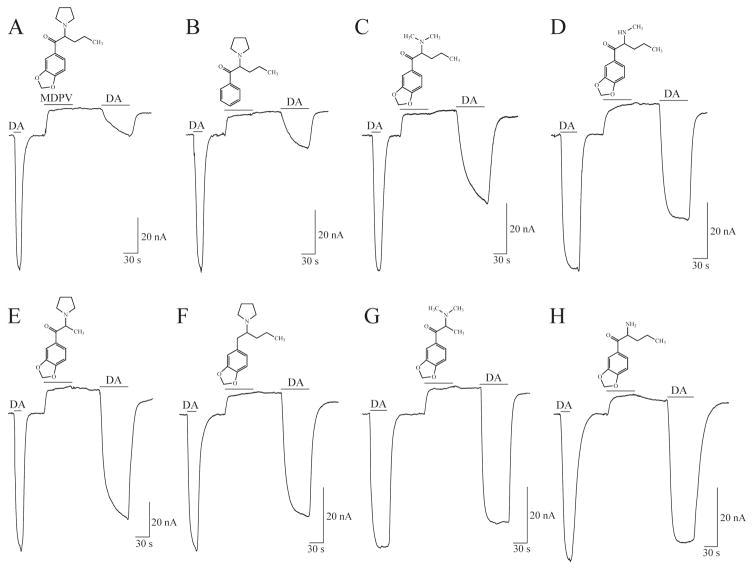Fig. 4. Currents induced by MDPV and its analogs in voltage-clamped (−60 mV) Xenopus laevis oocytes expressing hDAT.
(A–H) Initial exposure to DA (5 μM) yields an hDAT-mediated inward current. Subsequent exposure to MDPV (A) or any of its analogs (B–H) (10 μM, 1 min) produces the typical response associated with the block of the endogenous current at hDAT. The upward deflection does not return to baseline when any of the compounds are washed out for 1 min. (A) Following exposure to MDPV a 5 μM DA application induces a diminished hDAT-mediated inward current (as compared to the current produced in response to the initial DA exposure). The protocol is repeated for the MDPV analogs (B–H). Exposure to the different MDPV analogs elicits variable DA current recovery (compare second DA exposure to first DA exposure). For example, in contrast to the diminished DA-induced hDAT-mediated inward current following MDPV exposure (A), after exposing hDAT to the last two compounds (G–H) application of DA results in large inward currents that fully recover to the level of the current elicited by the first DA exposure. Figure adapted from Kolanos et al. 2013.

